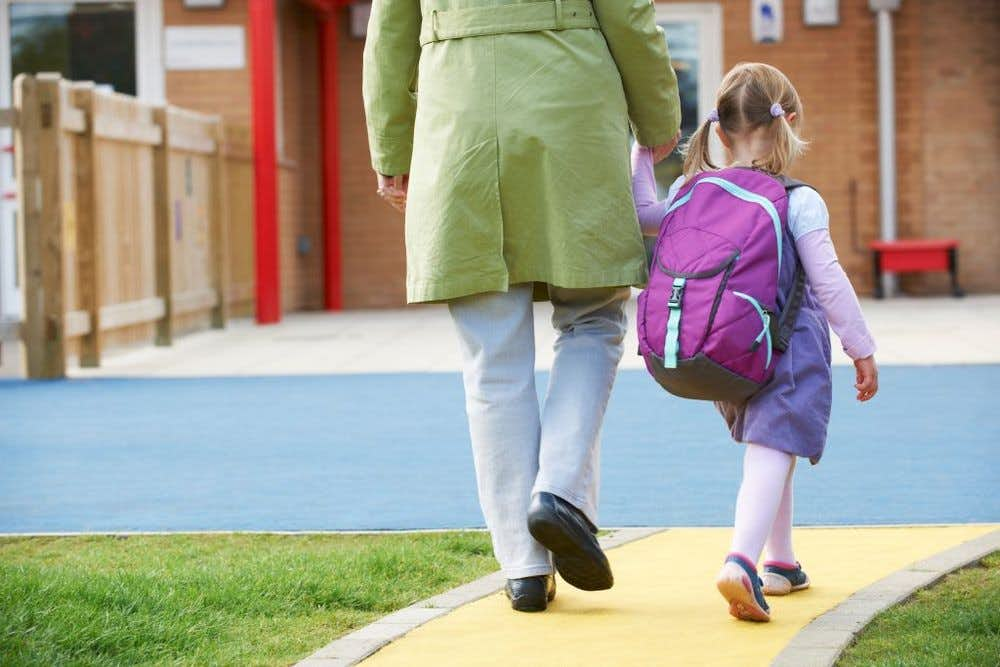October 28th, 2022

October is National Bullying Prevention month, so what better time to talk about bullying than now? While bullying can occur at any time throughout life, it is frequently experienced in childhood and adolescence.
Even the definition from the CDC is focused on its impact on youth, describing bullying as: “any unwanted aggressive behavior(s) by another youth or group of youths, who are not siblings or current dating partners, that involves an observed or perceived power imbalance, and is repeated multiple times or is highly likely to be repeated.”
The word “bully” is becoming overutilized in our cultural climate, being used in many situations where it really does not apply. My hope with this article is to provide concrete information on how to identify bullying, bullying warning signs in youth, and ways to cultivate a community of kindness in order to decrease bullying.

Bullying occurs primarily in the school setting and as youth become more active online the risk of cyberbullying increases.
Anyone can be a victim of bullying however studies have shown that certain minority groups are at higher risk due to being “different” and perceived as inferior/weaker. These groups include females, individuals with disabilities, LGBTQIA+ people, and those questioning their sexual orientation.
Although not exclusive to this age range, bullying most prominently impacts preteens and teenagers. In fact, 1 in 5 youth between the ages of 12 and 18 experience bullying daily.
The following negative impacts are possible for both the victim and the bully:
It is impossible to fully address bullying without understanding the bully as well. A child is not born a bully. Their environment and how they have been treated by their peers, family members and other adults in their life has a direct impact on how they treat others. Youth who have witnessed violence, and abuse, and/or live in a high-conflict home are more likely to be a bully.

Bullying prevention starts in your home. It is crucial to foster an open and accepting environment where youth are taught that all people are equal - one group of people is not superior to another. Caregivers need to teach youth the importance of kindness towards their peers and encourage them to embrace and appreciate diversity. This includes advocating for peers that are not being treated equally by others. In addition, youth need to be taught appropriate ways to meet their social and emotional needs not only in school or professional settings but also in their home.
If you notice signs of a youth in your care bullying others, you should engage the youth in a conversation regarding their actions and how it is impacting others. When talking with a bully it is important to meet them with compassion, care, and curiosity to learn more about the root of their actions. Try your best to identify a need that isn’t being met and assist them in finding healthy ways to meet that need. For example, individual or family therapy, more quality time with caregivers or other family members, meeting with a behavioral coach to learn social skills, or joining a sports team to release anger in a healthy way.
It is not easy for youth to speak up when they are a victim of bullying. 57% of students who are bullied do not report it oftentimes due to embarrassment or fear of the situation worsening. If a child is speaking to you about being bullied, it is important to acknowledge the difficulty of the conversation for them, assure them that you believe what they are telling you is true, and try your best not to overreact. The victim of bullying needs to feel safe and supported; as an adult, it is important to regulate your emotions effectively and process your emotions regarding the situation in your own space with a partner, peer, or therapist. It is not the youth’s responsibility to hold their emotions in addition to their own.
Meet the child in your care with empathy, support, openness, and curiosity to learn more. It is natural to want to jump into action to protect them, however, it is important to ask the youth first how they would like support.
Many times going to an authority figure, such as a principal, can make things worse for the victim and it can break your trust in the youth. In the school setting, it is best to start with the school counselor or social worker.
If the bullying is virtual utilize the safety features on the platform including blocking and reporting the bully. In addition, have a conversation with the youth if they want to or think it is healthy for them to continue using that specific platform.
Important note on safety: Always assess for safety first. If a youth is expressing immediate danger to themselves or others you should immediately contact the appropriate people (persons at risk of harm, local authorities, school, etc.) in order to ensure safety for everyone.

In order to reduce cyberbullying, caregivers need to be aware of ways to secure youth’s devices including parental controls, occasionally social media audits, and utilizing privacy settings.
Speaking as a therapist who works with youth, be aware that many people use their devices as a coping skill for their anxiety, depression, and other mental health symptoms. It is important to ensure that the youth in your care have access to (and know how to use/identify) coping skills outside of an electronic device.
For example, access to drawing and painting supplies, hanging out with a pet, books, games, and music that are not electronic, social time with peers in person, fidget toys, etc. If a youth is telling you, they feel unsafe online, or you are witnessing unsafe behaviors online get creative with them in ways they can entertain themselves and access coping skills in the real world. Libraries, CD players, and, yes, even record players still exist.
The world is a challenging place to navigate as a young person, especially with so many unprecedented events occurring in the last few years. As the adults in their lives let’s do our best to model kindness, advocacy, and acceptance. Let’s be safe places for them.
Written by: Stephanie Sutherland, LCSW.
At Clarity Clinic, we have highly trained staff who specialize in therapy and psychiatry services. To learn more about how we can support your mental health, call Clarity Clinic at (312) 815-9660 or schedule an appointment today.
Our Services
Virtual/Online CarePHP and IOPAdult PsychiatryChild & Adolescent PsychiatryAdult TherapyChild & Adolescent TherapyCouples CounselingFamily TherapyGroup TherapyPsychological TestingTranscranial Magnetic Stimulation (TMS)